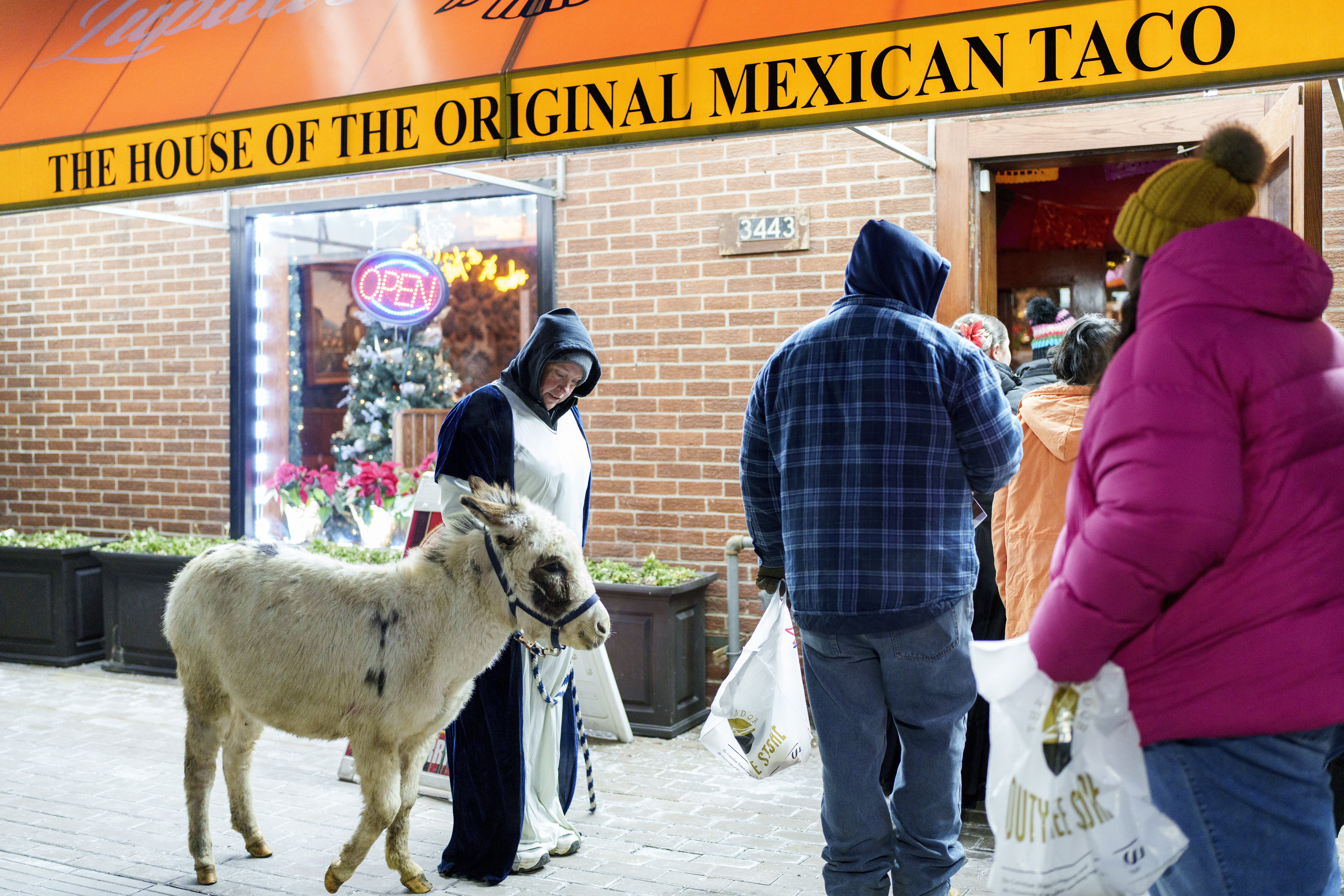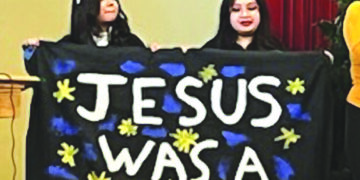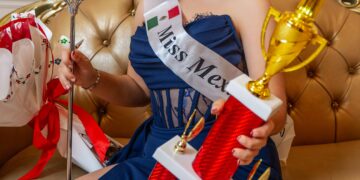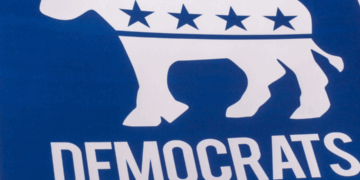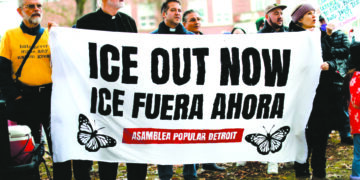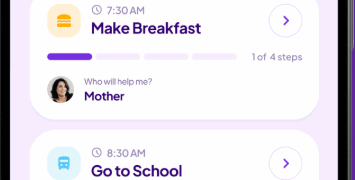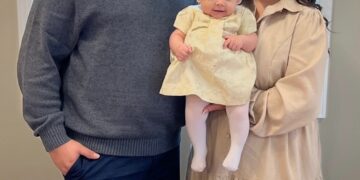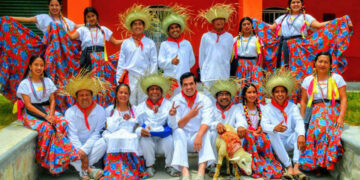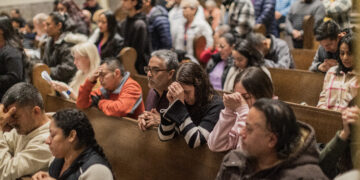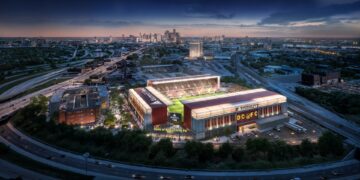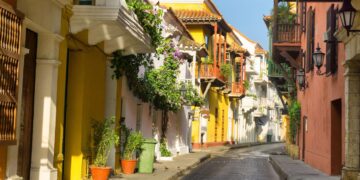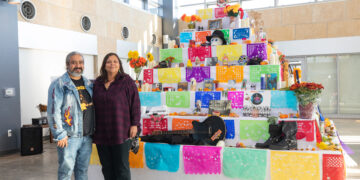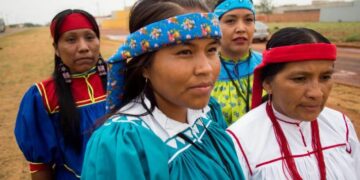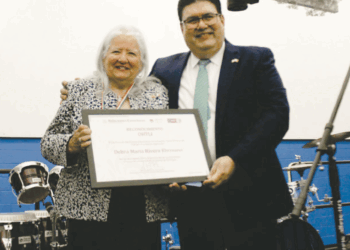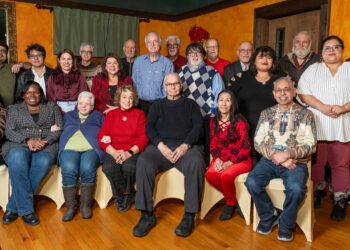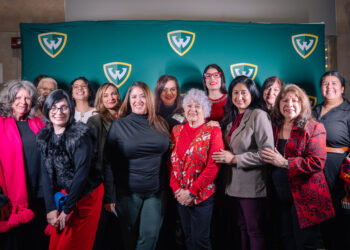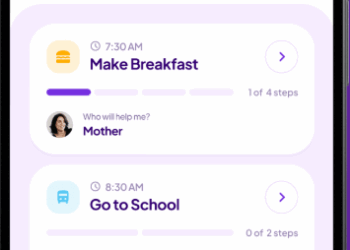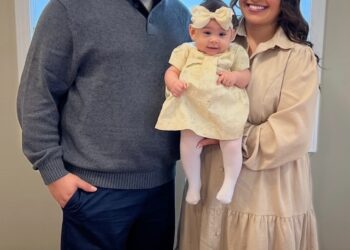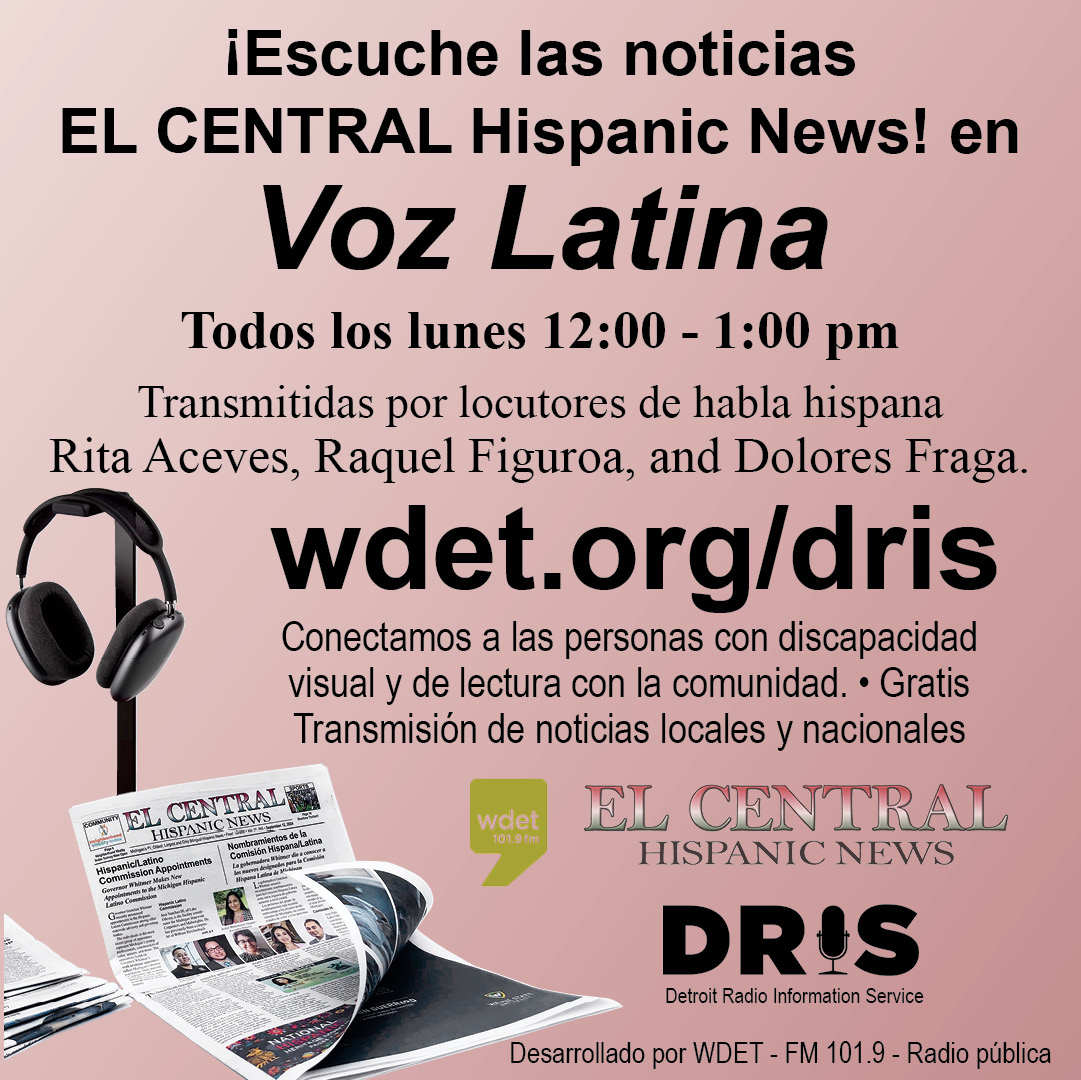For the past two years, the City of Detroit has been working on the Southwest Detroit portion of Joe Louis Greenway (JLG), an urban greenway project named after the famous Detroit boxer Joe Louis. The recreation path is designed to connect parks, neighborhoods, and public spaces through biking and walking trails. The JLG will span over 27.5 miles into neighboring cities, including Dearborn, Hamtramck, and Highland Park.
While some sections of the Joe Louis Greenway are open, others, like the one in Southwest Detroit, have not had funds for completion until now. The City of Detroit announced a $20.7 million federal infrastructure grant awarded by the Biden-Harris administration to support a key section of the project connecting Green Street and Woodmere ((https://detroitmi.gov/news/city-detroit-awarded-207-million-federal-grant-greenway-project).
What is now a string of unkempt alleys will soon be a shared urban trail space. The maintenance budget of $3 million by the General Services Department for the entire JLG will include tree plantings, bike racks, seating areas, lighting, and waste bins. The “Vernor Alley” section of the trail will include raised pavement at road intersections to slow car speeds for pedestrian safety.
All of this is part of the City of Detroit’s initiative titled the Framework Plan, which aims to utilize community input in the planning process. The Joe Louis Greenway is an opportunity to bring attention and investments to the neighborhoods.
Earlier this year, a survey was open to residents, in both English and Spanish, presenting four choices for the route through the western section of Southwest Detroit: Vernor Highway, Vernor Alley, 1-way Neighborhood Streets (Avis), and 2-way Neighborhood Streets (Chamberlain). The most popular choices from this round were Vernor Highway and Vernor Alley. In the end, the Vernor Alley route was chosen; the final choice was a mixture of community feedback, engineering feasibility, and financial scope.
At a community meeting which took place at the Palabra de Vida Lutheran Church on [date], a community member spoke up about the importance of the Greenway for the community.
“The biggest barrier is transportation. Some residents can’t obtain a driver’s license for whatever reason, and it’s really important that something like the Greenway provides that access to work and employment. And I’m always afraid watching them go away on their bikes and knowing that you never know what will happen. And so, I do think that our neighborhood does need this Greenway,” said the resident.
As the project moves into the planning phase, other details are being taken into account – most notably the vacant lots along the route which pose a blight and safety issue. This, too, is part of the Framework Plan. The hope is to transform vacant lots along the JLG by repurposing them for “long-term resiliency,” according to the city of Detroit’s website. (https://detroitmi.gov/sites/detroitmi.localhost/files/2023-08/1B_LongTermResiliency.pdf). These transformations may include solar panels, EV charging stations, community gardens, and affordable residential housing (on larger plots of land).
Important aspects of the Vernor Alley route are making connections to local businesses without sacrificing already limited parking opportunities, which was an issue with residents and business owners when it came to the Vernor Highway route.
The community is invited to join future meetings as the planning process turns into a design phase (https://detroitmi.gov/departments/general-services-department/joe-louis-greenway).
“Connecting people to jobs is a main goal. Connecting people, places of business, and places of worship are all being considered with the Greenway,” said Adam Jadun, Project Manager with the City of Detroit’s Department of Public Works.

